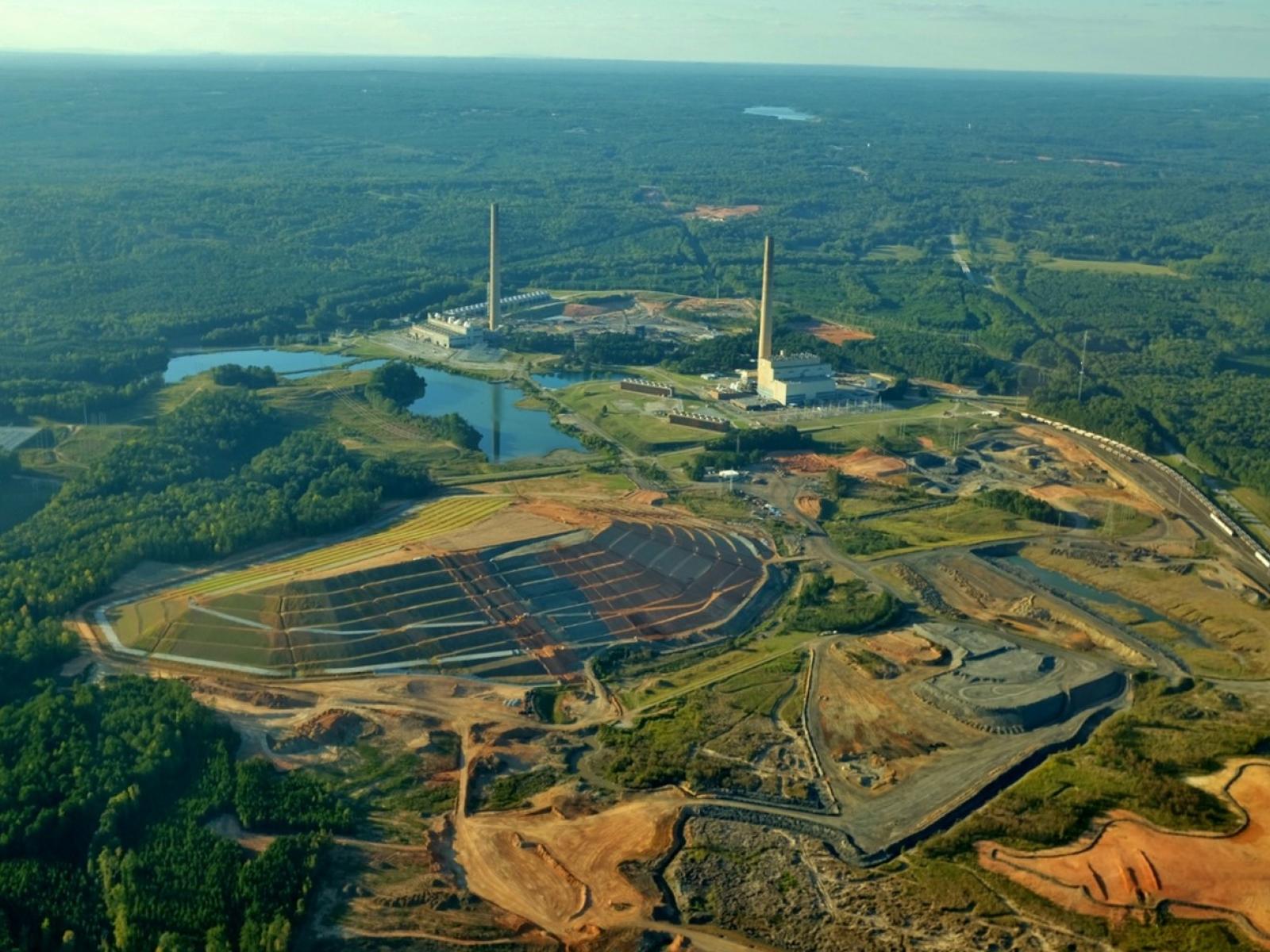Particle Acidity and Diffusion Limitations Govern Secondary Organic Aerosol Formation
Unique laboratory single-particle measurements used to understand some of the most uncertain processes affecting secondary organic aerosol formation

Researchers developed a model to simulate the complex aqueous chemistry processes governing the evolution of particles at much longer timescales (~hours) than previous studies, allowing them to constrain several secondary organic aerosol formation processes.
The Science
Isoprene is the largest source of non-methane carbon-based or organic emissions from vegetation. Isoprene that has reacted with hydroxyl radicals in the atmosphere then reacts with fine sulfate-containing particles and cloud droplets, forming isoprene epoxydiol secondary organic aerosols (IEPOX-SOA). Several processes affecting IEPOX-SOA formation remain uncertain, limiting the accuracy of predicting their impacts on clouds and climate change. For the first time, researchers simulated some of the most uncertain IEPOX-SOA processes and evolution of particle properties in their state-of-the-art modeling framework and evaluated these with unique single-particle measurements. They found that as IEPOX-SOA forms, it decreases particle acidity and forms a thick coating around the seeds, limiting further IEPOX-SOA formation.
The Impact
The aqueous and cloud chemistry pathways of SOA particles are some of the least understood components of our climate system. Key aqueous chemistry processes such as changes in aerosol acidity, conversion of inorganic sulfate to organo-sulfate, and particle-phase diffusion limitation inhibit further IEPOX-SOA formation. As IEPOX-SOA forms, it converts inorganic sulfate to organic sulfate and decreases the ability of fine particles to take up atmospheric water. Researchers anticipate that including these processes in Earth system models may greatly improve the models’ predictive ability to understand how aqueous and cloud chemistry affect the formation of the tiny particles in the atmosphere that interact with clouds and sunlight.
Summary
Bridging across laboratory scales and multiphase aerosol chemistry models, this work provides the first evaluation of key aqueous chemistry processes of IEPOX-SOA using online in situ single-particle measurements at long timescales (on the order of hours). The simultaneous evaluation of several aerosol measurements—size distribution, chemical composition, density, and volatility—with their model predictions led to a much better predictive understanding of key IEPOX-SOA formation processes. Most previous models neglect key processes like changes in particle acidity due to inorganic sulfate to organic sulfate formation and diffusion limitations within the organic shell that self-limit further IEPOX-SOA formation. The process-level understanding gained from this study will be incorporated in Earth system models to help improve their ability to predict multiphase chemistry of SOA in aerosols and clouds.
The experiments used to evaluate the model simulations were conducted at the Environmental Molecular Sciences Laboratory. Pacific Northwest National Laboratory Institutional Computing and the Environmental Molecular Sciences Laboratory’s computational resources were used for the simulations.
PNNL Contact
Manish Shrivastava, Pacific Northwest National Laboratory, manishkumar.shrivastava@pnnl.gov
Funding
This research is supported by the U.S. Department of Energy Office of Science, Biological and Environmental Research program through the Early Career Research Program and the Atmospheric System Research Program.
Published: March 2, 2022
Octaviani M. et al. “Modeling the Size Distribution and Chemical Composition of Secondary Organic Aerosols during the Reactive Uptake of Isoprene-derived Epoxydiols under Low Humidity Condition.” ACS Earth and Space Chemistry, 5(11), 3247-3257 (2021), [DOI: 10.1021/acsearthspacechem.1c00303].